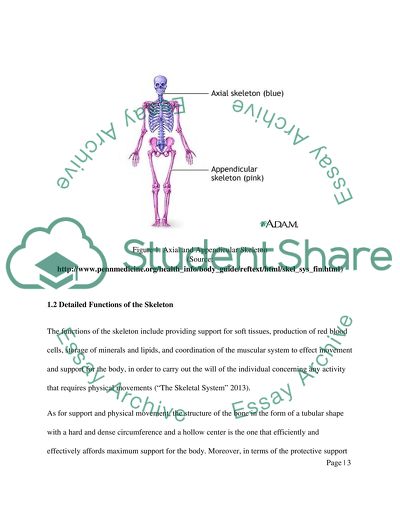Cite this document
(“The Skeletal System Assignment Example | Topics and Well Written Essays - 2000 words”, n.d.)
Retrieved from https://studentshare.org/nursing/1479911-the-skeletal-system
Retrieved from https://studentshare.org/nursing/1479911-the-skeletal-system
(The Skeletal System Assignment Example | Topics and Well Written Essays - 2000 Words)
https://studentshare.org/nursing/1479911-the-skeletal-system.
https://studentshare.org/nursing/1479911-the-skeletal-system.
“The Skeletal System Assignment Example | Topics and Well Written Essays - 2000 Words”, n.d. https://studentshare.org/nursing/1479911-the-skeletal-system.


